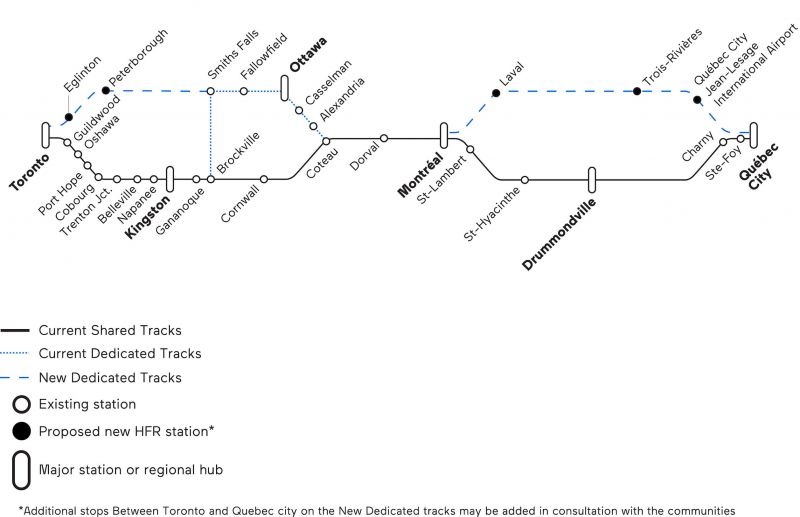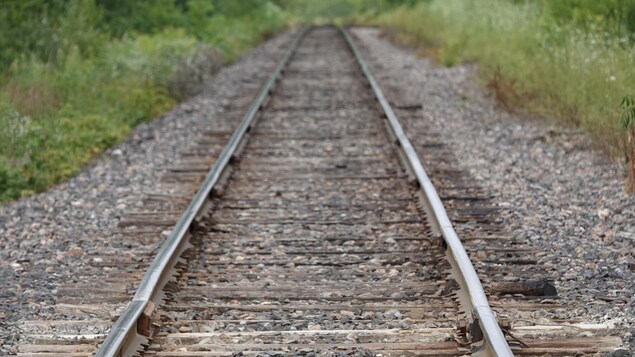kEiThZ
Superstar
To me the article reads that the report refined the HFR proposal to be HSR for Toronto-Montreal and HFR for Montreal - Quebec.
I mean they were already planning 200km/h electrified service - is it hard to believe that they decided a better return came from upping that to 250-300km/h, as they basically need a new construction corridor anyway?
I think this is unlikely.
Going above 201kph/125 mph requires lots of grade separation which vastly increases the costs.
What is likely that they looked at stretches where they could get speeds closer to 200 kph. And more importantly they looked at where they could remove portions of slow running (<100 kph). Removing slow running sections actually has a greater impact on average speed per dollar than trying to facilitate short burst of very high speed. Keep in mind that an average speed of 150kph would get them from Toronto to Montreal in ~4 hrs. And that's achievable just by enabling stretches of 200 kph running, along with removing sections of very slow running.
As a rough thought exercise, consider that if they can have 300 km where they can run at 200 kph, the rest can be run at 100 kph, and they'd still reach in Montreal in 4 hrs.
Peterborough-Smiths Falls is about 200 km. And Ottawa-Coteau is about 140 km. $3-5B on these two segments would achieve their goals. $1B on the rest of Toronto-Ottawa-Montreal.
Last edited:






